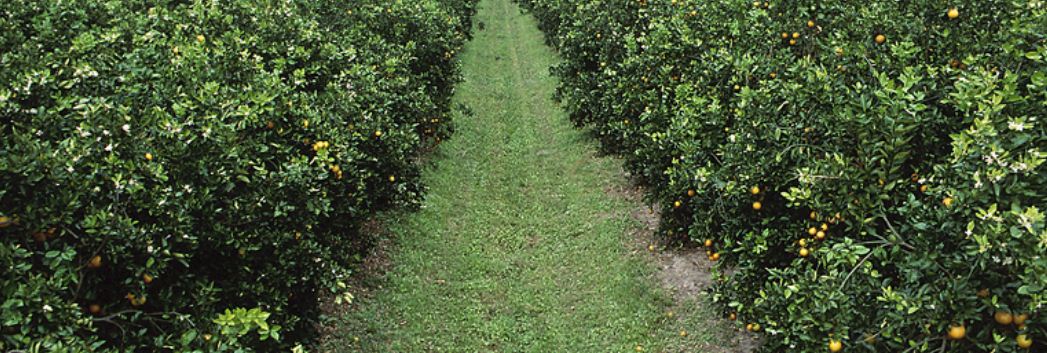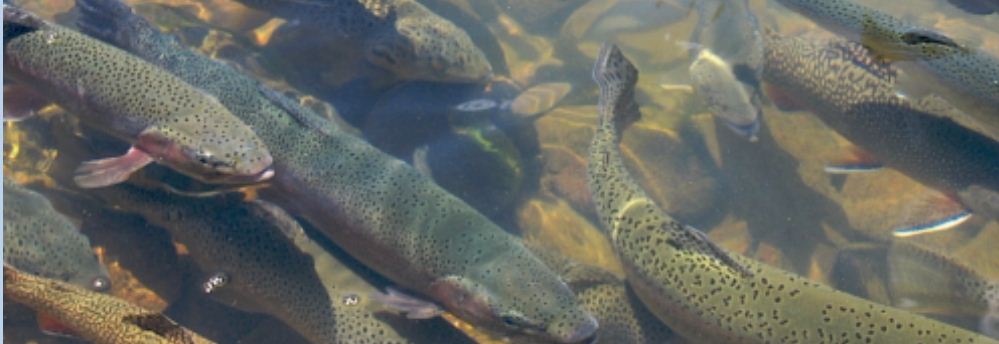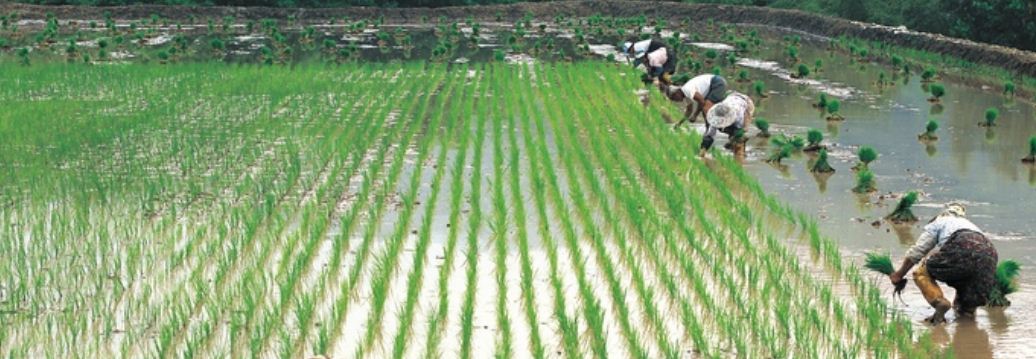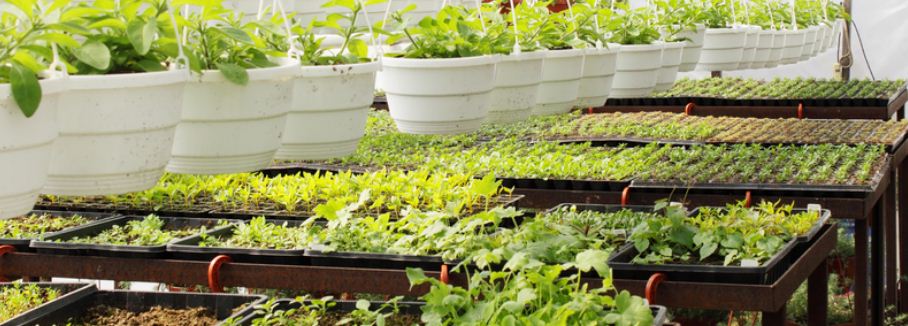Tips on How to Start an Orange Farming

Oranges are one of the nutritious and succulent edible fruits seen in orchards or compounds in most parts of the world. Orange is the commonest fruit that can be grown in a small space or in the greenhouse if the climatic condition of the residence is not warm.
The fruit of this tree, scientifically known as citrus reticulata & botanically citrus aurantium is not just nutritious but contains lots of vitamins and minerals which are beneficial to human health.
This quality alone makes it good to yield a huge benefit to any farmer who is considering orange farming as an agribusiness. It is readily available at all seasons though it might be a little pricey sometimes.
It is an all-season fruit but grows abundantly during late April, early May and December; many farmers tend to venture into it or in some cases complement it with other farming activities.
Going into the agricultural business of planting oranges is good but it’s better to have the knowledge of the necessary requirements that will make you succeed.
The best way to grow healthy orange is to buy a young orange tree or seedling. You can learn how to plant the orange seed directly in the soil.
The tips discussed below will provide you with proper insight into successful orange farming.
1. Get a Site for Your Orange Farm
You can start small and then advance later; you can purchase a plot of land which can accommodate about 40 to 50 orange trees.
After you have got a suitable land for your orange, the next thing to do is to clear the bush age get it ready for plantation.
Check the soil nutrients. If there is lost nutrient in the soil where you intent growing your fruit, it is during the land preparation that you have to replenish it.
In selecting a land, there are other factors you have to consider. Is the farm accessible by vehicles? If not so, it will be difficult for you to transport your goods to the market or buyers to come to your farm.
Another thing is the pH value of the soil. Oranges are tropical fruits that can grow well in most parts of the world, just make sure that the land (soil) has a normal pH value of 6.0 to 7.0 and that it is fertile enough, though you can increase its fertility by adding manure and fertilizers.
How many orange trees can be planted in an acre i.e. per unit of land area?
Orange trees planted typically can produce an estimated average of 25, 000 oranges while a conventional high-density orange tree will produce double the yield which is orange fruits per unit of land area.
Nevertheless, planting 84 citrus trees (orange) per unit of the land area produces around 100,000 oranges using tree plantation growing and pruning methods.
2. Best Soil Type For Orange
Oranges are best planted in loamy soil so that water can easily be drained down into the deep roots and can get absorbed as well.
It is good to have this in mind so as to know when soil factor affects the plant. Testing the soil before planting is also a good idea to make sure that it is suitable for growing of this citrus fruit or not.
Another soil factor to look into is the temperature. The best for this plant is a room temperature of 26°C is ideal for the enhancement of orange tree growth.
Note that high temperatures may prove critical to orange tree output.
Soil texture is also considered as orange trees always prefer light to medium textured soil for high productivity.
3. Climatic Condition For Orange
Orange farming is said to be favorable under a dry climatic condition. They are therefore grown well in tropical and sub-tropical regions of the world to a height of 1,500 meters.
The farming of orange is considered most successful in tropical and sub-tropical climates with warm to hot summers and mild winters.
Orange trees are therefore said to climate-sensitive plants because they are associated with specific temperature requirements. They are grown worldwide but under the right climatic condition.
Do oranges turn orange on the tree?
The color of the orange fruits you see around depends on the areas where they are grown.
Under climatic conditions with a mild temperature, the color of orange fruits turns to orange. Conversely, in countries where the climatic condition is always hot, the chlorophyll in the fruits has preserved the color remains green.
4. Orange Varieties
It is good to know that selecting a choice of highly productive orange variety is directly proportional to the output and the income you will make from the fruits.
If you are ready to make a huge income from orange farming, always target a fast-growing and high yielding variety of orange which always gives a good amount of output.
Considering the climatic condition of your area, you can select among the best topmost, high-yielding varieties of oranges listed below:
Seedless-182, ortanique, shringar, parson prown, temple (royal mandarin), ambersweetare, nagpur santra (mandarin), sumithra mandarin, coorg santra, red navel, darjeeling mandarin, khasi santra, kinnow mandarin, blood red, mudkhed, sathukudi (satagudi), dancy, sz-in-com, mosambi, butwal, jaffa, hamlin navel, valencia (citrus sinensis valencia) and others.
How many times a year does an orange tree bear fruit?
Some orange trees do not produce fruits in a continual process throughout the year. The fruit cycling takes up to 10 months for some of the varieties of oranges mentioned above to produce one crop of fruit in one year.
Citrus blooming season especially the big navel oranges are usually once in a year during the spring period.
5. Water is an Optimum Requirement
Just as other plants need water to survive, water is an optimum requirement that orange trees need to do best.
The yield from orange trees is high when the trees are situated in areas that receive up to 45 inches of rainfall per year.
In a case whereby they don’t remain saturated for a long period of time, orange trees can stand up to 60 inches of rainfall.
Though orange trees can tolerate prolonged shortage in water supply and can produce well when grown under dry conditions but soil that is dry for a long period tends to reduce the production quality and the amount of water in the fruits.
6. Growing Orange from the Seed
It is vital that you know how to grow an orange from seed and the necessary things it needs. Starting an orange farm with the seed growing will provide a better experience planting it from the beginning.
Growing of oranges is best carried out during the raining season because it needs enough water to grow well and avoid the plants from dying as well. You can also make use of an irrigation system to supply enough water that the plant needs.
You can achieve this if you have a proper understanding of problems associated with growing a plant from the seed. Once you understand it clearly that it could take the tree many years (between 4 to 10 years) to bear fruit for the first time and other problems, you can follow the procedures below.
i. Buy orange fruit of a variety with seeds then cut open carefully with a knife. Avoid breaking the seeds inside. Wash gently in running water to remove the pulp from the orange, soak in water overnight to keep them moist until you are ready to plant.
ii. Plant each seed about 1.2cm beneath a well-drained soil surface prepared in a soil-mix inside a small container that is a ½ inch deep in moist potting soil. The soil you prepared for it should be a type that can drain water as quickly as possible when watered.
iii. Ensure appropriate sunlight exposure. It will do best whether indoors or outdoors but should be under the temperature between 24 to 29°C. Sunlight is always the best way to warm the soil to the correct level.
iv. It is a good option to add fertilizer at least once in a week to the soil as you watch the germination of the seeds.
v. Check the sprouts so as to remove the weaker one amongst them. An orange seed is likely to give out 3 sprouts during germination which among them will have a smaller one that is always slow in growth. This weak sprout is usually cut off while the 2 fast-growing ones are left in the container.
vi. Check the seedling always to know when it has grown to be planted in another container or to an outdoor location where it will be left for fruit production.
7. Fertilizer Application
One thing is to apply fertilizers to plants and another thing is to know when to apply it and the suitable one for such crops.
To get a better outcome, try and know what essential nutrients like minerals that an orange tree needs to grow and develop well.
This will make you channel your idea on the type of fertilizer to use so that you will supply the plants with the needed nutrients to avoid malnutrition.
8. Orange Tree Spacing
Try as much as possible to space the orange tree well so that it can receive adequate sunlight, air and more that will make it grow effectively.
In most cases, the spaces or the meter each tree is away from the other depends on the type of soil used as well as the method for its cultivation.
You have to avoid crowing the shades as they grow. Full-sized or standard orange trees can grow more than 20 feet tall. Therefore, you should ensure to plant the trees 12 feet of 25 feet apart. If the rows are many, the spacing should be at least 10 feet apart.
9. Orange Tree Care & Management
How you care and manage your orange tree will determine the productivity strength and how profitable you will find the orange farming business.
Oranges, just like any other plants are affected by some diseases and pests, such diseases include rotting of the roots, gummosis, and others such as collar rot, damping off and twig blight.
Some of the pests are a snail, citrus leafminer and thrips, blackfly, etc. Care and management of orange trees simply mean the prevention of the trees from pests and diseases mentioned above.
Having this in mind will help you be on the lookout for such diseases and pests so that you can effectively treat it, control and manage them on time without much damage to the fruit tree.
Get proper chemicals from agro farms for pest and disease prevention and control.
How long do orange trees live? is another similar question about orange farming.
The productivity lifespan of orange trees is much longer among other fruit trees grown worldwide.
A family-owned nursery ( Four Winds Growers) that is into citrus and edible fruit production postulated that lifespan of a properly managed citrus tree including orange is 50 years and above.
Not just that they can stay alive, but will still be producing fruits which are not common for all fruit-bearing trees.
10. Harvesting of Orange
Actually, a fully grown orange tree gets mature at the age of one year and the fruits start falling from their trees when they ripen as well. The fruits should be picked when they start falling down and others that are still on the tree should be plucked down during the first harvest as well.
The harvest always increases during the fourth year of fruit-bearing depending on the variety of orange you are farming.
Experiments from citrus cultivators have shown that the number of 50 oranges can be obtained per each tree during the initial harvest. However, after good establishment and proper management 500 number of fruits can be obtained per each tree of the orange.
How long do oranges take to grow or bear fruit?
People always ask this kind of question which is not wrong at all. The answer is that it takes 3 for an orange tree that has been grafted onto rootstock to bear fruits but if you are growing the orange tree from the seed, it will take up to 15 years to start producing fruits.
The seed starts its growth in a container in which the seedling is later transferred to a bigger container. Finally, it will be taken to a ground location where it will stay for like 3 to 4 years before bearing fruits.
For anyone who wants to indulge in this profitable farming business should know that patience is greatly required because it is a perennial crop and needs adequate skills in the maintenance and cultivating of such fruits.
What are the benefits of eating an orange?
Citrus fruits mainly orange are one of the most-demanding fruits in the market today because it has a lot of benefits to human health.
Studies have shown that one orange contains the number of minerals and vitamins which is equivalent to 130% of vitamin C that is needed by the human body per day.
Other nutrients in the fruits help to prevent certain diseases plus its high water content that keeps you hydrated at all times.
Also, know that oranges can start producing fruits within the first year of their cultivation but in small quantities. As the year progresses, it produces many fruits per tree which makes oranges farming quite lucrative.




